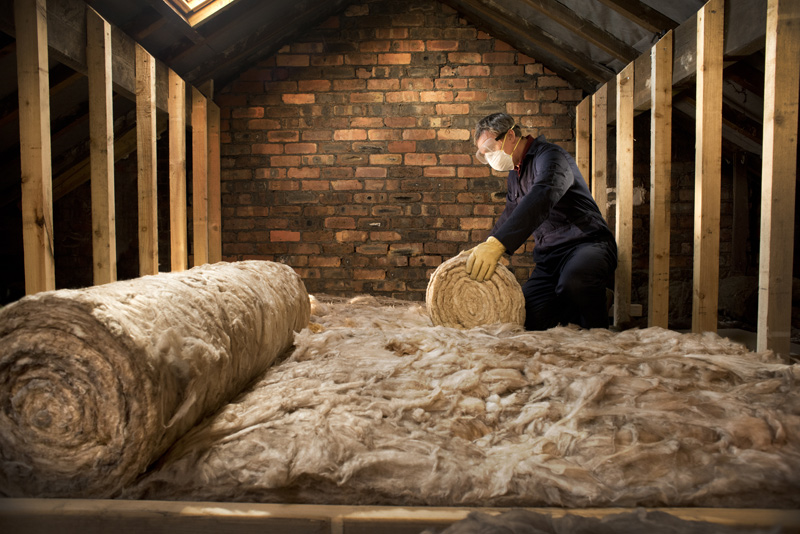Buying your first home is a massive milestone that often comes with plenty of excitement, but also a touch of fear, and about a hundred things to add to your to-do list.
So, once the keys are in your hand and the celebratory bubbles have fizzled out, it’s worth taking the time to sit down and really think about practical ways you can make your house feel like a home.
Before you go splashing cash on throw pillows and art prints, the smart thing to do is focus on the essential upgrades that need to be made to improve your home’s level of comfort, safety, and energy efficiency.
Not only will these changes make your home more liveable right now, but they can also potentially add significant long-term value to it as well.
Here are seven smart upgrades to prioritise after moving into your new home.
1. Sort Out the Air Conditioning
If your home came with an ageing or underperforming air conditioning system, now’s the time to check it over. There’s nothing worse than discovering on a stifling summer day that your unit is not working properly.
Whether you need a quick service, some serious repairs, or a complete upgrade, consider reaching out to the AC repair experts Alliance. They’ll help you stay cool in summer and toasty in winter, without you having to pay thousands in electricity costs.
Of course, sorting out your electricity comes at a cost. But while some people might see it as a luxury they can’t afford, it’s worth remembering that a good air conditioner is not just a comfort thing. It also improves air quality and can prevent issues like mould and excess humidity.
2. Upgrade Home Security
It’s always a good idea to strengthen the security in your home, even if you are moving into an area that experiences low crime.
Therefore, one of the first things you should do is change the locks on all external doors, because you never know who has copies of the previous owner’s keys.
You might also consider installing a modern home security system, which can include anything from video doorbells to full smart camera setups and deadbolts, chains, and motion light sensors.
Doing this will give you enormous peace of mind and can even lower your home insurance premiums.
3. Check and Improve Insulation

Due to poor insulation, older homes can lose a lot of heating and cooling energy. So, to prevent yourself from unnecessarily sweltering in the summer or feeling too chilly in the winter, it is worth getting yours looked over.
Check your roof space and walls for proper insulation, especially if the home hasn’t been updated in years. At the same time, you may also want to look at draught-proofing doors and windows.
Overall, this should be a relatively affordable fix, but it will save you money on energy bills almost straight away.
4. Give the Kitchen a Functional Mini Makeover
The kitchen is the heart of the home, so it is worth giving yours a makeover to ensure it is as functional as it can be.
This doesn’t necessarily have to involve ripping it out entirely if you don’t want to. But you can start with small, high-impact updates like installing a new Kitchen Splashback, upgrading cabinet handles, swapping in modern light fittings, and replacing old taps with a pull-out mixer, to spruce it up a little.
These simple tweaks can improve both your kitchen’s style and practicality without draining your savings. They are also a good temporary solution until such time as you do want to fund a bigger renovation.
5. Switch to Energy-Efficient Lighting and Appliances
One of the easiest upgrades that pays off quickly is replacing old light bulbs and inefficient appliances with energy-efficient alternatives. LED downlights, for instance, use a fraction of the electricity and last significantly longer.
If you’ve inherited appliances like an old fridge, washing machine or dryer, check their energy rating. Swapping them out for newer, more efficient models can make a noticeable difference in your power bill and reduce your environmental footprint.
6. Refresh the Paint and Flooring
Cosmetic changes like fresh paint and updated flooring can completely transform a space. It’s amazing what a new colour on the walls can do to brighten up a room or give it a modern vibe.
Painting is one of those DIY jobs that doesn’t cost much but has a massive impact. Moreover, if your budget doesn’t allow for timber flooring or new carpets just yet, even simple changes like replacing old skirting boards or deep cleaning tiles can make a big difference.
7. Landscape for Low Maintenance
It’s easy to get caught up in interior upgrades, but don’t forget about your outdoor space. A tidy, well-thought-out garden or courtyard is not only more enjoyable but also adds serious curb appeal.
If the backyard is looking wild or the front garden is just weeds and bare patches, start small. Lay down some mulch, plant hardy natives, and fix any broken paving
A low-maintenance, drought-tolerant garden will save you hours in upkeep and water bills over time. Plus, it makes those Sunday morning coffees on the patio so much better.

